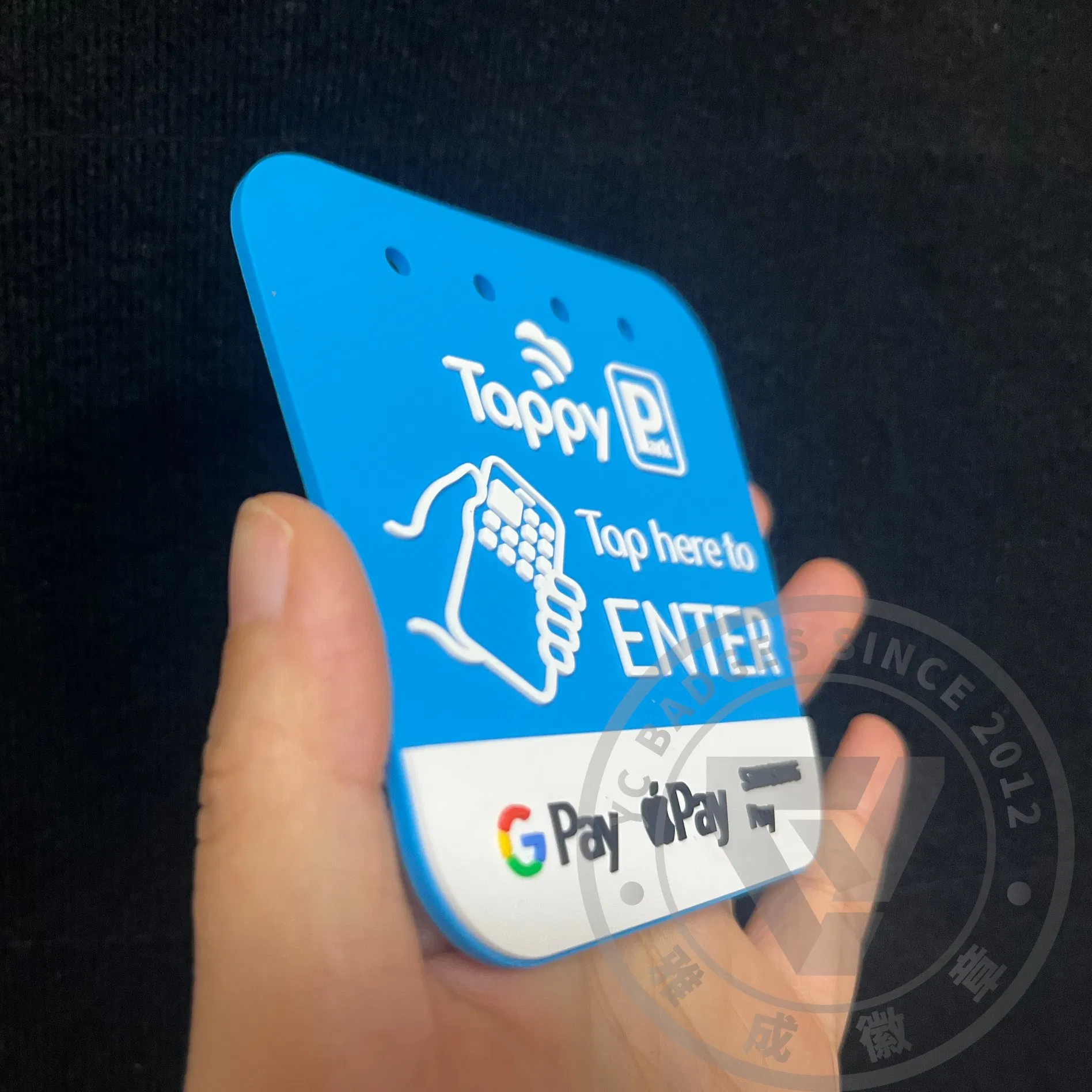For questions or to order by phone, call +86 186 8856 0026 or email us today joneyfang@yc-badges.com
Can PVC labels be recycled?
In an era where environmental consciousness is at the forefront of many decisions, the question of whether PVC labels can be recycled is a crucial one. PVC, or polyvinyl chloride, is a widely used material in the production of labels due to its durability, versatility, and cost – effectiveness. However, its recyclability is a complex issue with various factors at play.
The Basics of PVC
PVC is a synthetic plastic polymer. It’s composed of chlorine, carbon, and hydrogen. This composition gives it unique properties such as resistance to water, chemicals, and abrasion, which are highly desirable for label applications. But these very properties also pose challenges when it comes to recycling.
Recycling Challenges
Contamination
One of the main hurdles in recycling PVC labels is contamination. PVC labels are often attached to various products, and during the recycling process, separating the label from the product can be difficult. For example, if a PVC label is adhered to a glass bottle, getting the label off cleanly without damaging the glass or leaving behind adhesive residue can be a complex task. In some recycling facilities, if the separation process is not efficient, the presence of PVC can contaminate an entire batch of recyclable materials, rendering them unsuitable for recycling.
Compatibility with Recycling Streams
PVC has different chemical properties compared to other common plastics like PET (polyethylene terephthalate) or HDPE (high – density polyethylene). Most recycling programs are set up to handle specific types of plastics. PVC doesn’t fit neatly into these existing recycling streams. When PVC is mixed with other plastics during the recycling process, it can disrupt the melting and re – processing of the more commonly recycled plastics, affecting the quality of the recycled end – product.
Chemical Recycling Complexity
While chemical recycling is an option for some plastics, PVC presents unique challenges in this regard. The chlorine content in PVC can release harmful substances such as dioxins when subjected to high – temperature processes like incineration or certain chemical recycling methods. Specialized equipment and techniques are required to safely break down PVC without causing environmental harm. These specialized processes are often expensive and not widely available, limiting the large – scale chemical recycling of PVC labels.
Recycling Possibilities
Industrial Recycling
In some industrial settings, there are more opportunities for recycling PVC labels. Certain manufacturers may have their own in – house recycling systems where they can collect, clean, and re – process PVC labels from their production waste. For example, a company that produces a large volume of products with PVC labels may invest in equipment to separate and recycle the labels on – site. This reduces waste and the need for external disposal.
Specialized Recycling Facilities
There are also specialized recycling facilities that are equipped to handle PVC. These facilities have the necessary technology to separate PVC from other materials and process it into new products. However, these facilities are relatively few in number, and not all regions have access to them. Additionally, getting PVC labels to these specialized facilities can be a logistical challenge, especially for small – scale producers or consumers.
Alternatives for a Greener Option
Biodegradable and Compostable Labels
To address the recycling challenges of PVC labels, many businesses are turning to biodegradable and compostable label materials. These materials are made from renewable resources such as plant – based polymers. They break down naturally in the environment, reducing the long – term impact on landfills and ecosystems. For example, labels made from cellulose or PLA (polylactic acid) can be a more sustainable alternative to PVC.
Reusable Labels
Another option is the use of reusable labels. These labels can be removed and reused multiple times, reducing the overall consumption of label materials. Some reusable labels are designed with special adhesives that allow for easy removal without leaving residue. This not only reduces waste but also saves costs in the long run.
In conclusion, while PVC labels offer many advantages in terms of functionality and design, their recyclability is fraught with difficulties. However, with the development of specialized recycling facilities and the increasing popularity of more sustainable label alternatives, there is hope for reducing the environmental impact associated with PVC labels. As consumers and businesses become more environmentally conscious, the demand for greener label solutions is likely to drive further innovation in this area.
